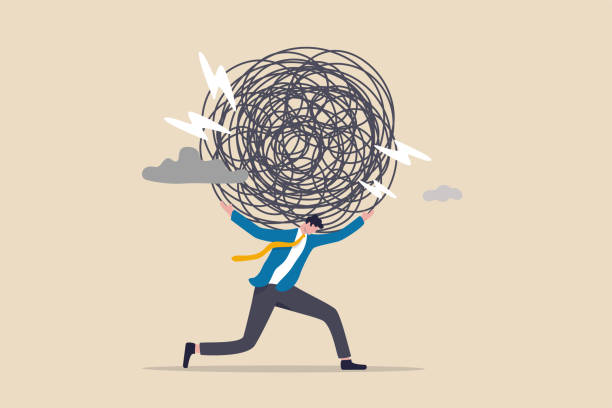Social media undeniably affects everyone. Platforms like Instagram grant us the ability to virtually partake in our friends’ experiences, keeping us connected through their phones. However, this convenience opens the doors for constant and often unhealthy comparisons with others. While social media has and will continue to benefit its users, in the realms of connectivity, education, and awareness, for example, its excessive use can devour our time and our mental well-being, much like a parasite takes over its host.
In 1997 the first social media platforms were launched for the world to use. They were called Bolt and Six Degrees. However, it wasn’t until October 6, 2010, that social media’s popularity skyrocketed with the launch of Instagram; together with the iPhone’s proliferation. Pew Research Center’s study in 2015 revealed that around 70% of U.S. adults were using a social media platform a dramatic increase from the mere 5% in 2005. While the rapid growth of social media usage brings numerous benefits, we mustn’t overlook the adverse consequences it carries.
Before the age of social media, people cultivated deep, meaningful connections through face-to-face interactions. Life was simpler, with the focus squarely on one’s real-world experiences. However, engaging with others online often imparts a sense of closeness. Yet, research from SageJournals suggests that teenagers who spend more time on social media and less time on in-person interactions tend to experience higher levels of loneliness.
The COVID-19 pandemic has left a long-term consequence on the ways that people interact. Lockdowns confined people to their homes, depriving them of vital in-person connections that define the teenage years. The only means of conversing with friends was through social media. The lockdown has ended, and we are now able to see our friends and go to school. According to Victor Synder, a renowned consultant in the social media area, “July 2020 saw a rise of 10.5% in social media usage”. This implies that this rise is a representation of the increasing amount of social media throughout the years of the pandemic.
Social media, while valuable is a beneficial tool, can also be detrimental to one’s mental health. Just as with many aspects of life, moderation is key. Prioritizing personal interactions over digital ones aligns with our fundamental human nature, designed for happiness through real-world connections. Don’t let social media take over your life by being aware of your usage. As a Graded high school student, being aware of your usage will help you perform in your academic prowess, improve your social interactions, and improve your overall well-being.
To combat overconsumption of social media, it’s crucial to acknowledge your consumption. If you find yourself spending most of your time scrolling through the endless pages of social media, obsessing over others’ lives, it can lead to feelings of anxiety, depression, loneliness, and adrift in life. This is especially important for Graded’s high school students, where in a self-reported study they have an average of 4 hours of screen time on their mobile devices. The IB diploma program that most Graded students partake in is undeniably rigorous, this usage takes time from studying and achieving your goals. There are ways that you can turn a negative relationship with social media and turn it into something that will provide benefit to your life. First of all, you can follow pages and connect with posts that are aligned with your goals, many pages on Instagram, Twitter, etc provide great tips for IB students regarding the subjects that you partake in. You can also enable screen time features that will notify you when your usage is becoming too much and even stop you from entering social media pages when you use a determined time of scrolling per day. It is inevitable in our day and age to have a connection with social media, but it is how you deal with the connection that will differentiate its effect on your mental health.
Credits
https://www.business.com/articles/social-media-patterns-during-the-pandemic/














